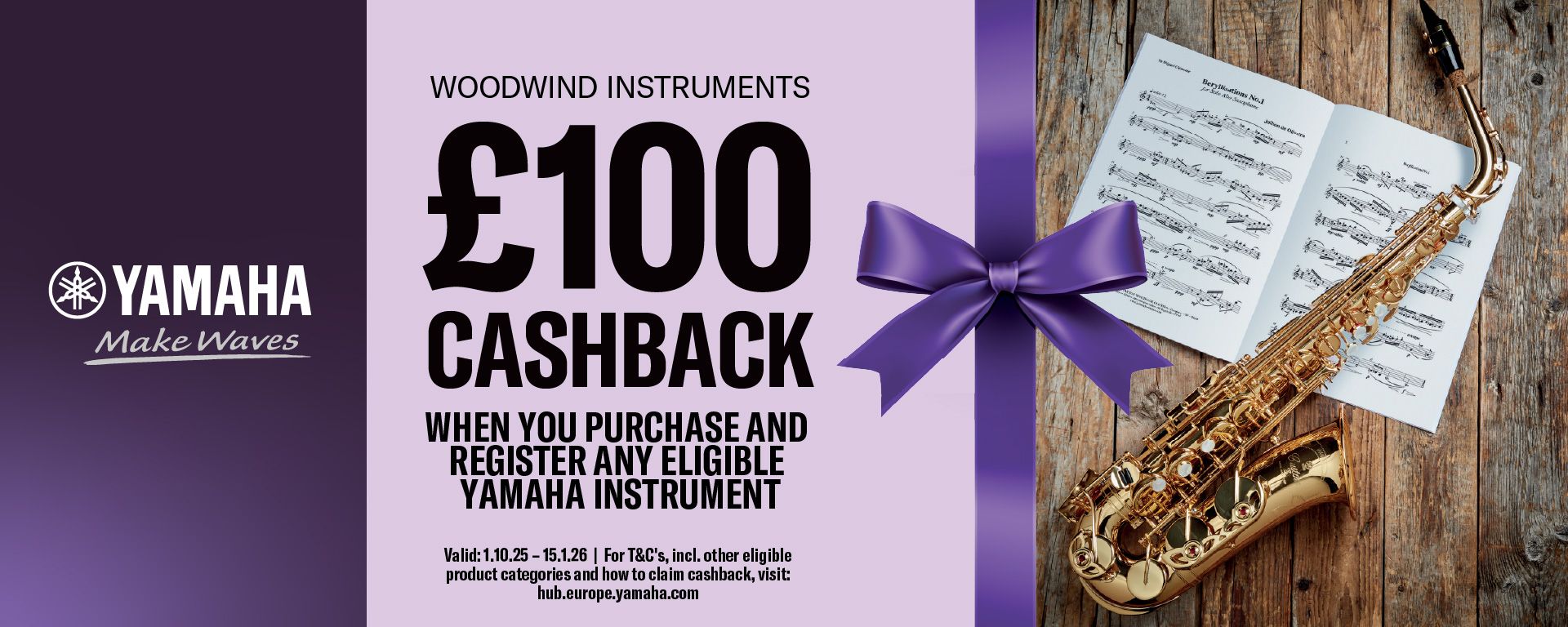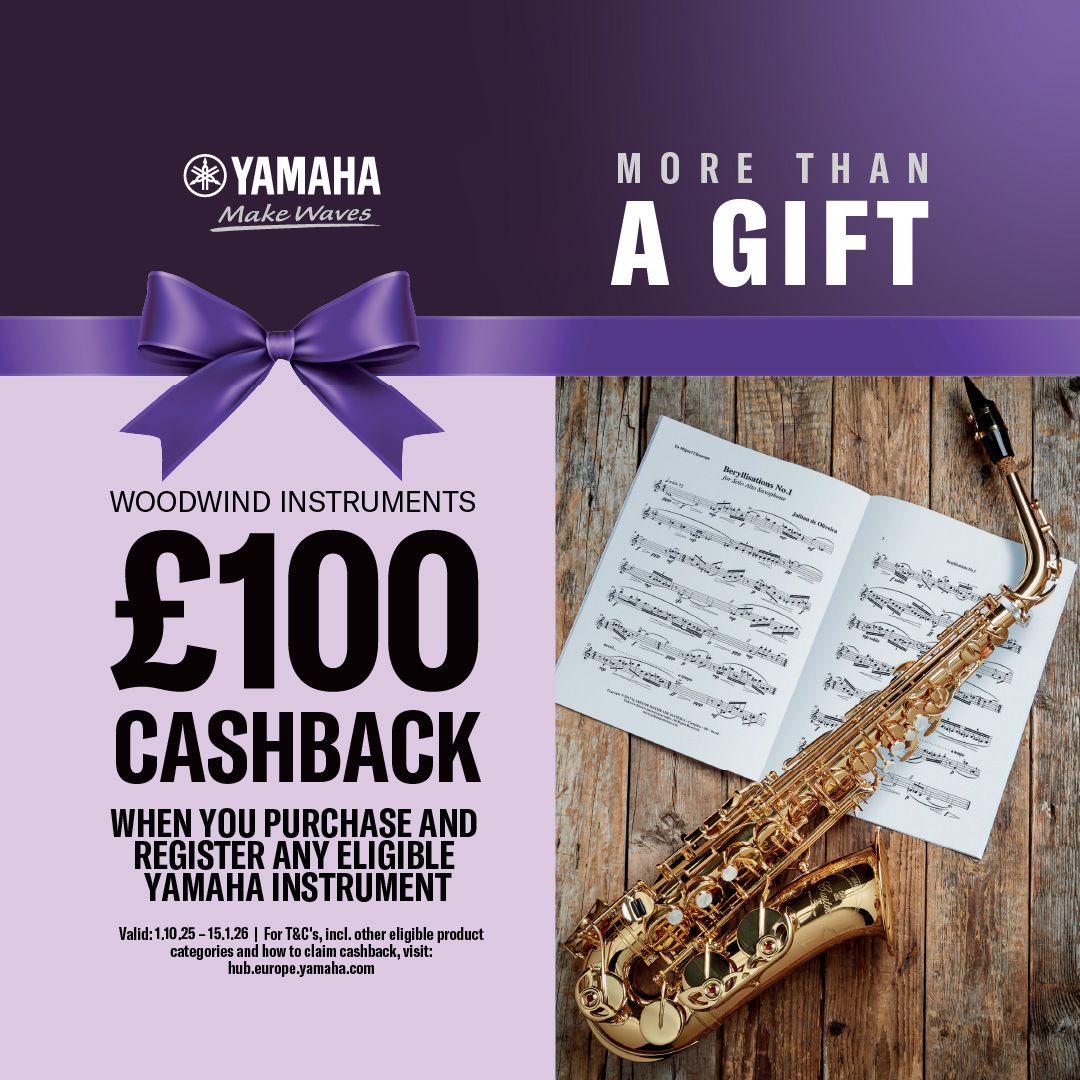Silver Dagger for Flute/Piccolo, Cello and Piano
- Award-winning product
- Staff Pick
Staff Pick
“Fascinating!”

Pan - Journal of the British Flute Society
This is a trio for piccolo/flute, cello and piano. There is an interesting backstory to this piece which may entice players to programme it in their concerts. Stacy Garrop heard the Appalachian folk song, Silver Dagger in 1994, and drawn by the simplicity of the song, decided to research its history. There are several variants of the song itself, but the main theme concerns young love, a kind of Romeo and Juliet premise, with the end resulting in the couple running away together, one abandoning the other, or both 'end their lives with a silver dagger'.
There are, too, three variations of the song itself, with alternate titles of Katie Dear and Drowsy Sleeper. Garrop uses the complete versions of two of these songs, and includes motifs from Drowsy Sleeper. Within the simple melody a tragedy develops from ghost-like chords and shapes in the cello and piano parts. This work is never restful, and hangs on unsettled momentum. There are beautiful lines in all parts, offering the songs as texture changes to ignite yearning and desperation. Much of this piece declares passions through very basic effects of melody against tremelo and flutter tongue. The flute and cello parts seem to take the role of the lovers, singing in unison and harmony with very raw, open wounds that sometimes take on the openness of the Appalachian landscapes with large intervals of the songs themselves ... this is difficult to keep perfectly tuned.
Technically speaking, for the flute (and small piccolo part at the very beginning and end), the demands are more on tuning and blending. There is a rawness to the effects that are needed in the piece which adds to the atmosphere. The songs appeal to listeners' basic affection to melodies of the genre, and you can't help being drawn into the sound world that's tinged with sadness and longing. The original violin part from which the flute part is derived has some notes sliding into another; in bar 27, a slide is required from low C to D which can be done as a note bend. I don't think this is as effective as sliding from an open hole, but time could be taken here for the effect to work. Another slide is written in bar 94 from D3 diown to C3 which is, again, better as note-bending, blending with the duo part of the cello. The cellist and pianist who played through this piece with me found the parts easy to read and straight forward and, like me, want to programme this work in one of our concerts. It's very attractive and appealing, and an excellent addition to the repertoire for this combination.
Lisa Nelsen
From the Publisher
When Stacy Garrop first heard the Appalachian folk song Silver Dagger at a folk festival, the simplicity of the melody and its cautionary love tale enthralled her, leading to several years researching the song. She discovered dozens of variants of the song’s text, melody, and title. Garrop’s trio is inspired by two versions of the folk song, as well as motives from a third version — her exquisite setting of the folk tunes creates a fascinating 5-minute work.
Winner: NFA Newly Published Music Competition 2020
Performance duration (approx): 5'00
Item Details
Our Stock Code: 1452419Instrumentation
- Part 1: Piccolo doubling on Flute
- Part 2: Cello
- Part 3: Piano
Category: Music for Flute, Cello and Piano
Publisher: Theodore Presser Company
Publisher's reference: 114-41943
Media Type: Paperback - Score and parts (20 pages [score])
Country of Origin: USA
HS Code: 49040000

